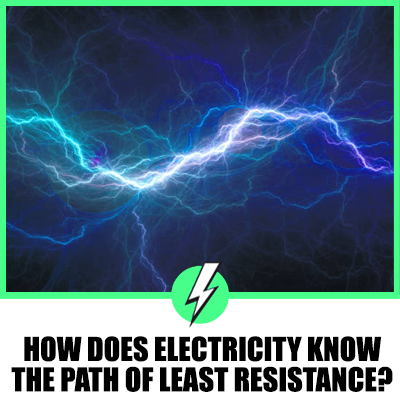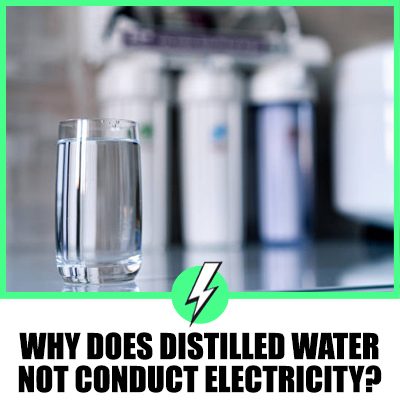How Does Electricity Know the Path of Least Resistance?
In the world of physics and engineering, there’s a common saying that electricity takes the path of least resistance.
But what does this mean?
And how does electricity “know” which path to take?
This article will delve into these questions, providing a comprehensive understanding of this fascinating phenomenon.

Contents
Why Does Electricity Follow the Path of Least Resistance?
The phrase “electricity follows the path of least resistance” is a common one.
Often used to explain why electrical currents prefer certain paths over others.
However, this phrase is a simplification and can be misleading.
In reality, electricity follows all available paths, not just the one with the least resistance.
When a voltage is applied across a conductor, it creates an electric field.
This field exerts a force on the free electrons in the conductor, causing them to move.
The greater the electric field (or the lower the resistance), the more electrons will move, and the higher the current will be.
This is why more current flows through paths with lower resistance.
How Does Electricity Know the Shortest Path to the Ground?
Electricity doesn’t “know” the shortest path to the ground.
Instead, it follows the laws of physics.
When a potential difference (voltage) is applied across a conductor, it creates an electric field.
This field pushes electrons from the negative terminal (high potential energy) to the positive terminal (low potential energy).
The path that the electrons take is determined by the conductor’s resistance.
A conductor with low resistance will allow more electrons to flow, resulting in a higher current.
Conversely, a conductor with high resistance will allow fewer electrons to flow, resulting in a lower current.
How Does Electricity Know Which Way to Flow?
Again, electricity doesn’t “know” which way to flow.
The flow of electricity is determined by the electric field established by the voltage source.
Electrons, being negatively charged, are repelled from the negative terminal and attracted to the positive terminal.
This movement of electrons is what we call electric current.
The direction of the current is defined as the direction that positive charges would move.
So even though electrons (which are negative) move from the negative terminal to the positive terminal, we say that the current flows from the positive terminal to the negative terminal.
What Creates a Low Resistance Path for Electricity to Flow Safely to Earth?
Materials that are good conductors of electricity, like copper or aluminum, provide a low resistance path for electricity.
These materials have a large number of free electrons that can move easily when an electric field is applied.
In electrical systems, these conductors are used to create a safe path for electricity to flow to the ground.
This is important for safety reasons, as it helps to prevent electrical shock or fire.
By providing a low resistance path to the ground, any fault current (caused by a short circuit or other malfunction) can be safely directed away from users and sensitive equipment.
Insights from Online Discussions
Online discussions reveal a common misconception: that electricity only follows the path of least resistance.
In reality, electricity takes all available paths, with more current flowing through paths with lower resistance.
This is a fundamental principle of electrical circuits and is crucial for understanding how electricity behaves.
One discussion highlighted an interesting point: the phrase “path of least resistance” is a simplification, useful in some cases but not always accurate.
In complex circuits, the distribution of current can be more complicated, and the simple idea of “least resistance” doesn’t fully capture this complexity.
Another insightful point from these discussions is the comparison between the flow of electricity and the flow of water.
Just as water flows along all available paths, with more water flowing where it’s easiest to move, electricity behaves in a similar way.
Conclusion
The behavior of electricity is governed by the laws of physics, not by some inherent “knowledge” of the path of least resistance.
By understanding these principles, we can design and use electrical systems more effectively and safely.
Whether you’re in the UK or the US, these principles remain the same, underscoring the universal nature of physical laws.
Please note that this article is intended for a general audience in the UK and US and does not go into the technical details of electrical theory.
For a more in-depth understanding, further study in the field of electrical engineering is recommended.





